Here is a brief description of a sample track from each CD:
-
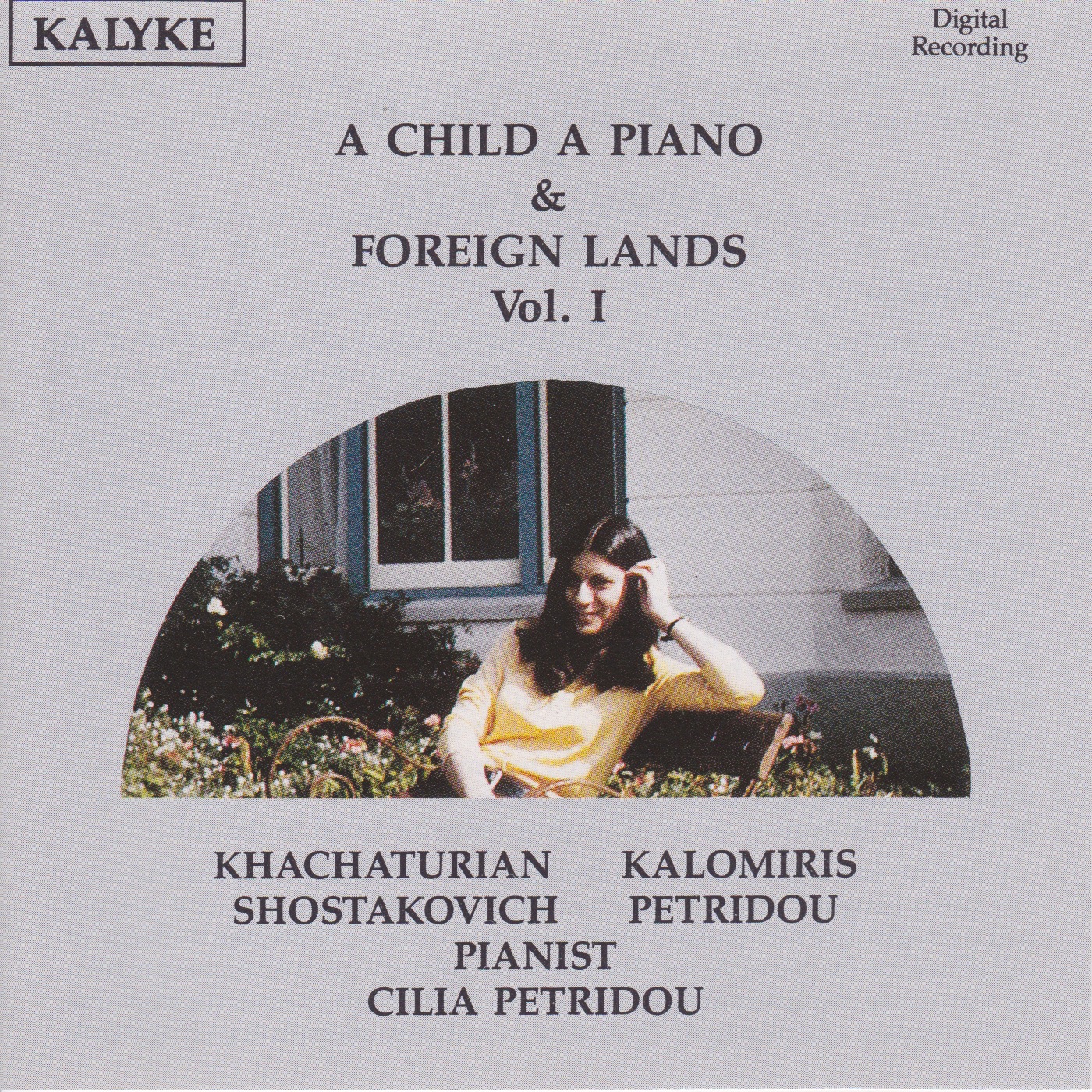
KNICD1: Cilia Petridou "Daydream" from Scenes from Greek Life (2:56) more

A young girl from Agros sits alone on her balcony with some unfinished embroidery on her lap. Her fingers have long since ceased working, for she has become intoxicated with the scent of jasmine carried to her by the gentle evening breeze. For once, she feels totally free; she gazes at the distant mountain peaks and asks herself what life is like beyond.
(Situated at a height of 4,150 feet above sea level and favoured by a dry, healthy climate, Agros is a resort famous for its cool springs and rose gardens.) -
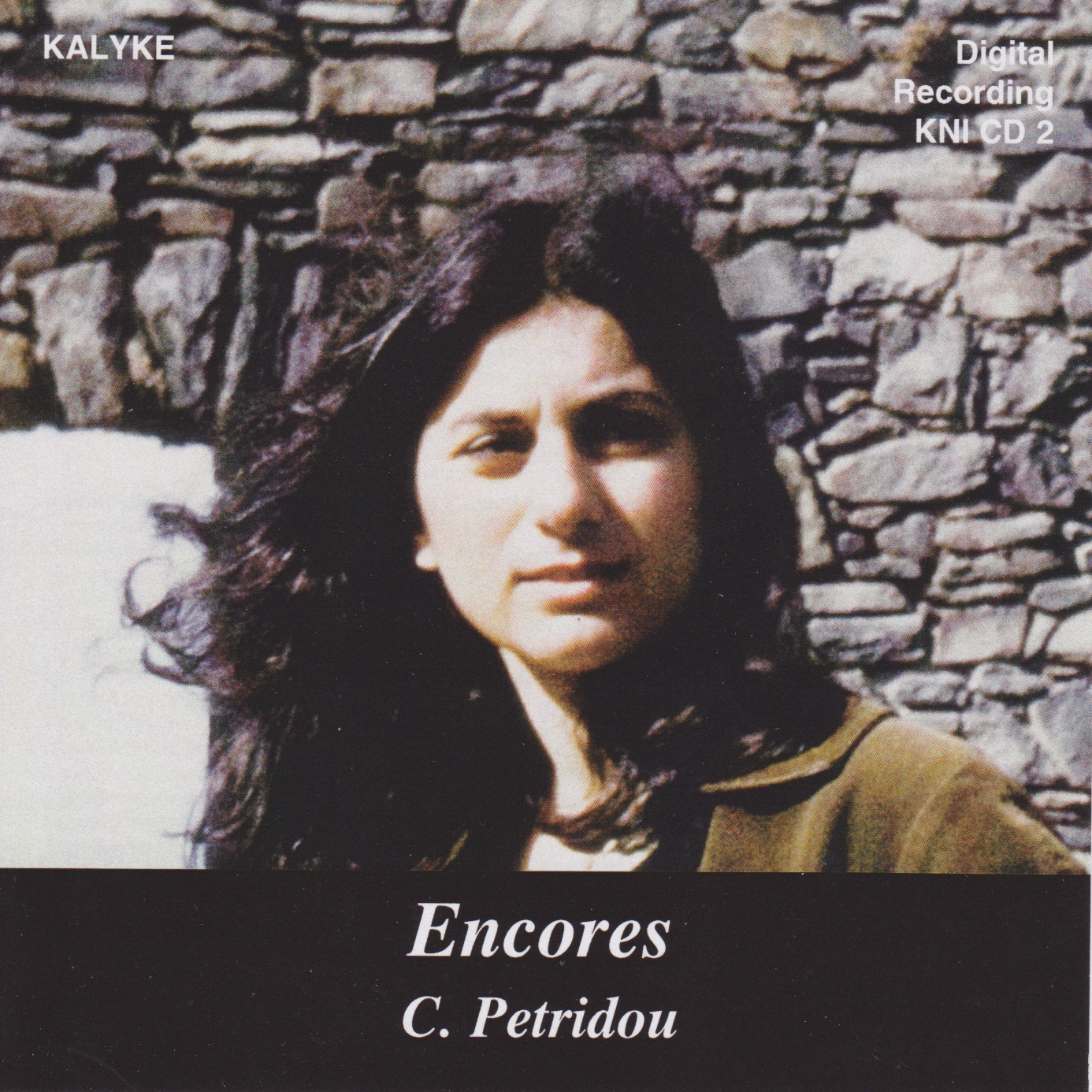
KNICD2: Modest Moussorgsky (1839-1881) Tear (5:05) more

"Tear" is a piece of music coming straight from the heart. It seems to speak eloquently of real human suffering, and elicits in the listener an overwhelming emotional response. Preoccupied with Russian thought and literature, the young Mussorgsky and his circle of friends, mainly writers and painters, were indeed showing an increasing interest in the lives of ordinary people in that vast and melancholy land, and an ever greater awareness of their predicament. This was accompanied by a growing fascination with true-to-life methods in art. Mussorgsky himself drew inspiration also from the old Russian tales which he had learned from his nanny, and which he had loved so much as a child.
-
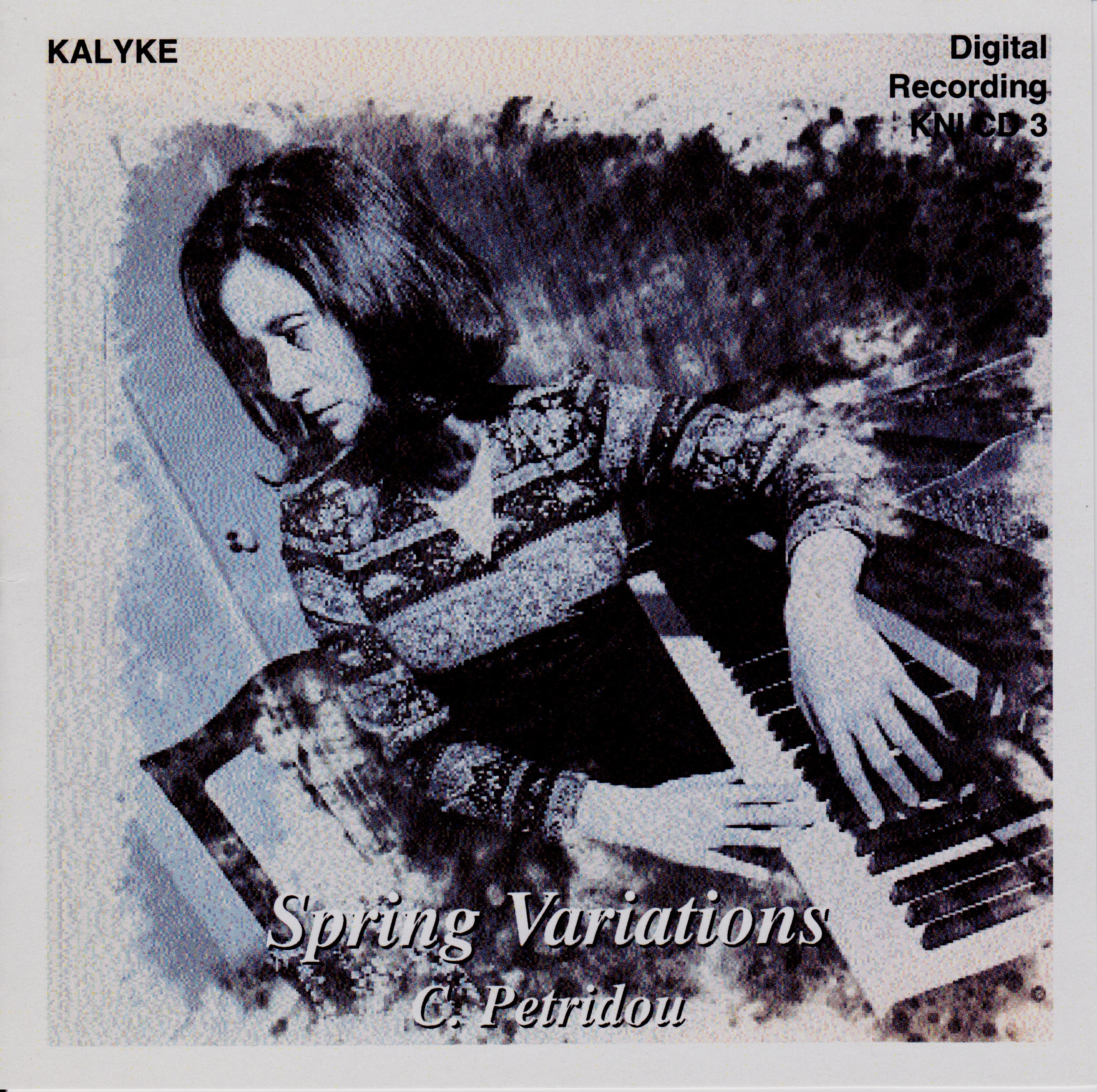
KNICD3: Cilia Petridou Spring Variations Finale (7:07) more

The Spring Variations were composed during the spring of 1988. They are based on the folk-tune "The Song of the Swallow" which has survived from ancient times and can be heard throughout Northern Greece. It is usually sung by primary school children on the morning of the first of March. As they sing, they wander from house to house accepting gifts, especially eggs. (In Greece, as elsewhere, eggs have a special significance during the Easter festivities. The traditional breakfast on Easter Sunday would be incomplete without "avgodes", eggs painted red and surrounded by crispy bread coated with sesame seeds.) On a stick, or in one of their baskets, the youthful singers carry a wooden carving which represents the swallow, whose return heralds the coming of spring. The words of their song can be translated as follows:
The Swallow has arrived
from the Black Sea
and sung to us songs
of learning and praise to God.
Our teacher has sent us
to ask you for five eggs.
If you do not have five eggs
we will take the brooding hen,
to lay and hatch eggs
and lead her chicks.
March is here.
Oh! Welcome!
The flowers are blooming,
scent fills the air.
Out with fleas and bugs!
In come health and happiness
and at Easter the "Red Eggs".
The melody to which the above words are sung serves as the theme for the "Spring Variations". There are thirty variations in all, and these dissolve into a tragic Finale, which evokes memories of the death of a young child. The following is a loose translation of a short poem by Solomos which expresses the deep unease that children feel when confronted with the rituals of death in a society where they are not shielded from it. [Dionysius Solomos (1798-1857) is the national poet of modern Greece, whose poem "Hymn to Freedom" (1823) was set to music and became the Greek National Anthem in 1864.]
Mummy, Oh Mummy, I'm frightened
Lest the Dead come out.
Quiet, my child! The Deceased
With steadfastness bear their slab. -
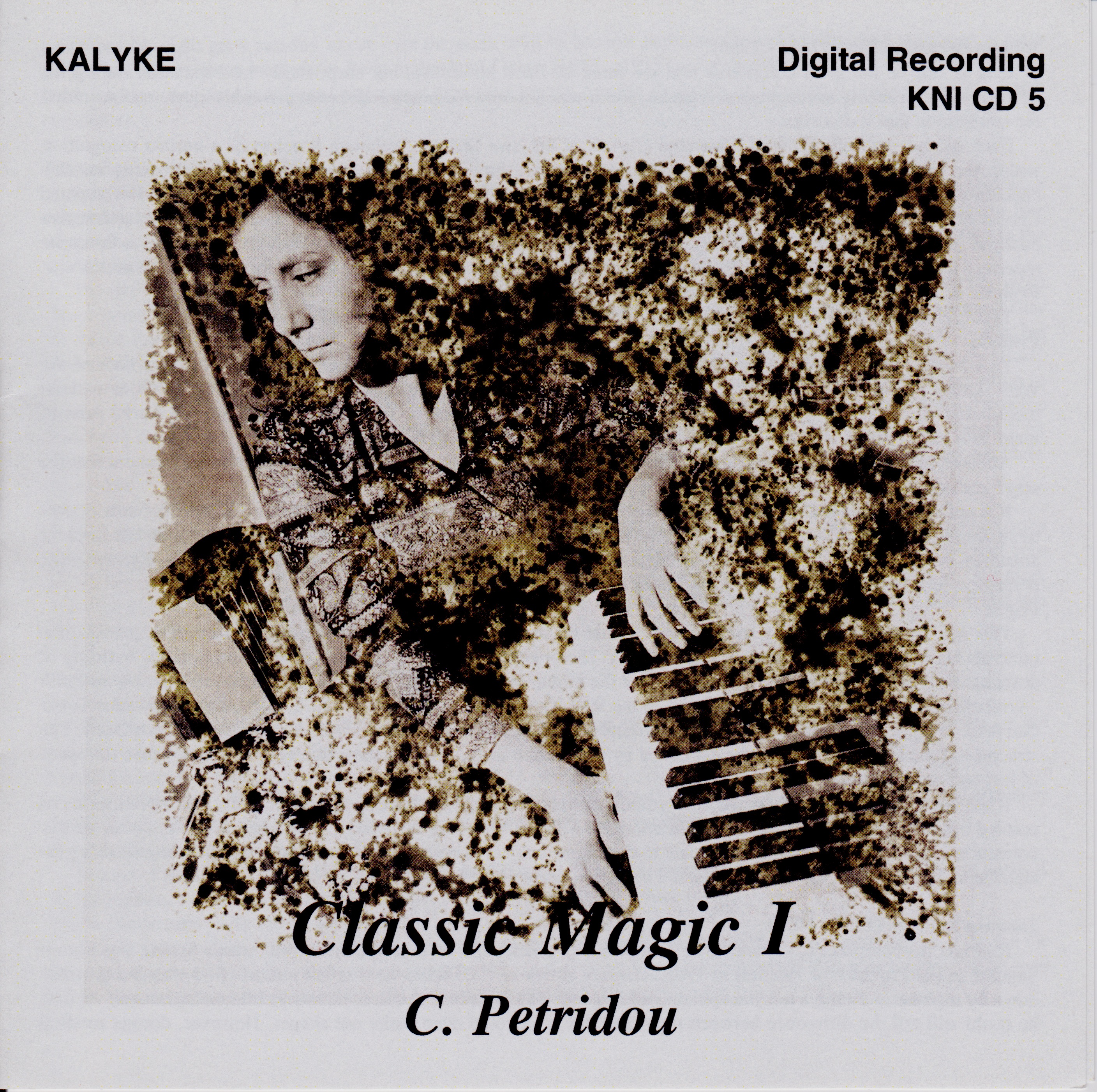
KNICD5: Franz Schubert (1797-1828) Impromptu Op. 142 No. 2 in A flat major (9:41) more

The Impromptus op. 142 were written during the same year (1827) as the Impromptus op. 90. (This was also the year in which Schubert wrote the Winterreise and the two great Piano Trios.) The Impromptus op. 142 consist of four pieces the second of which is an Allegretto in A flat. The lofty poetical spirit and the noble imagination of Schubert, which he possessed in abundance, are elegantly expressed in this magical and wistful Allegretto, a work which radiates great beauty when interpreted with simplicity of heart.
-
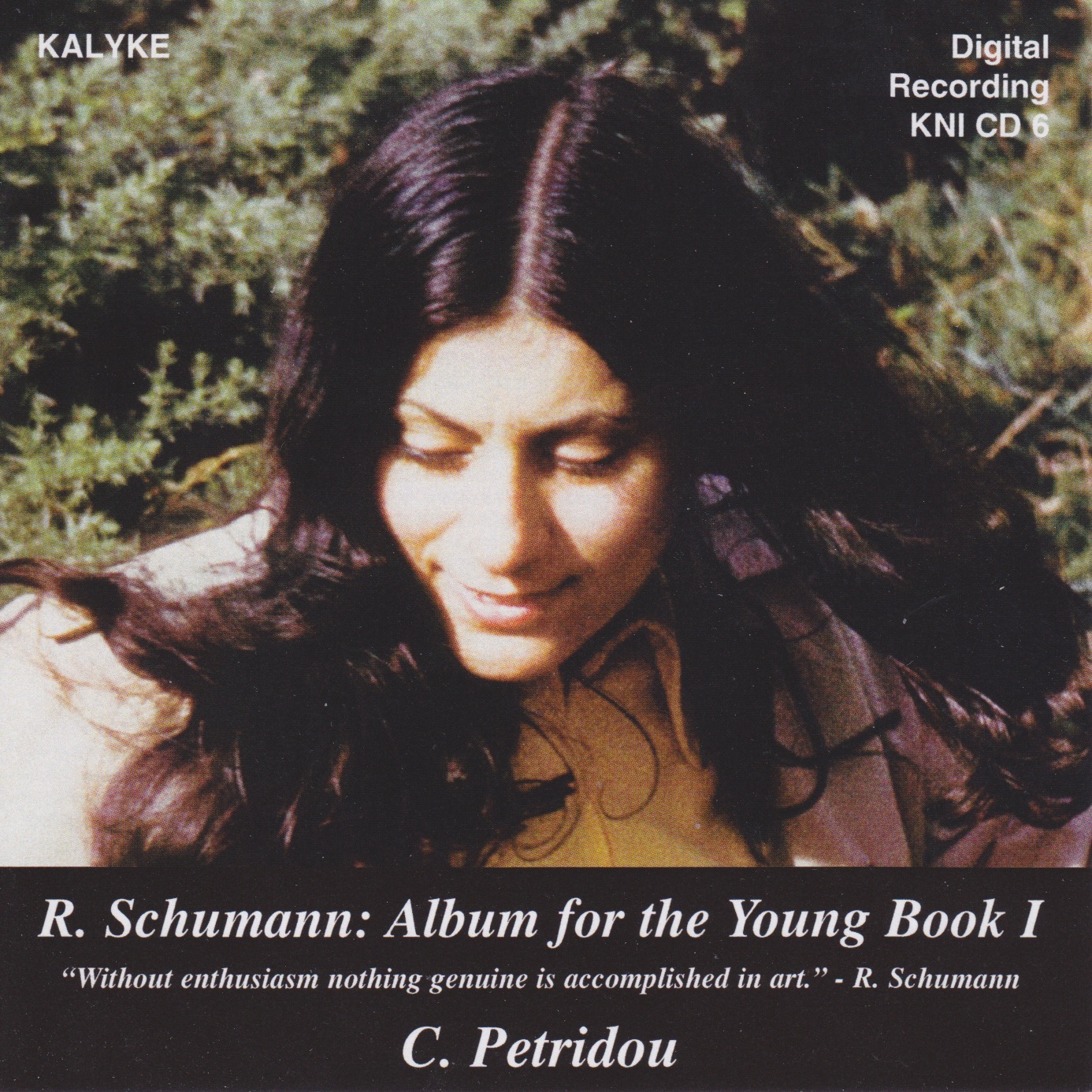
KNICD6: Robert Schumann (1810-1856) "May - Beautiful May" from the Album for the Young Book I (2:12) more

The Album for the Young was composed in 1848 in a mere fourteen days, despite the fact that there are forty-three pieces altogether! It is the first and best known of Schumann's works designed for educational use. To gain an idea of his approach to musical education one might reflect on one of his many maxims: "Without enthusiasm nothing genuine is accomplished in art."
-
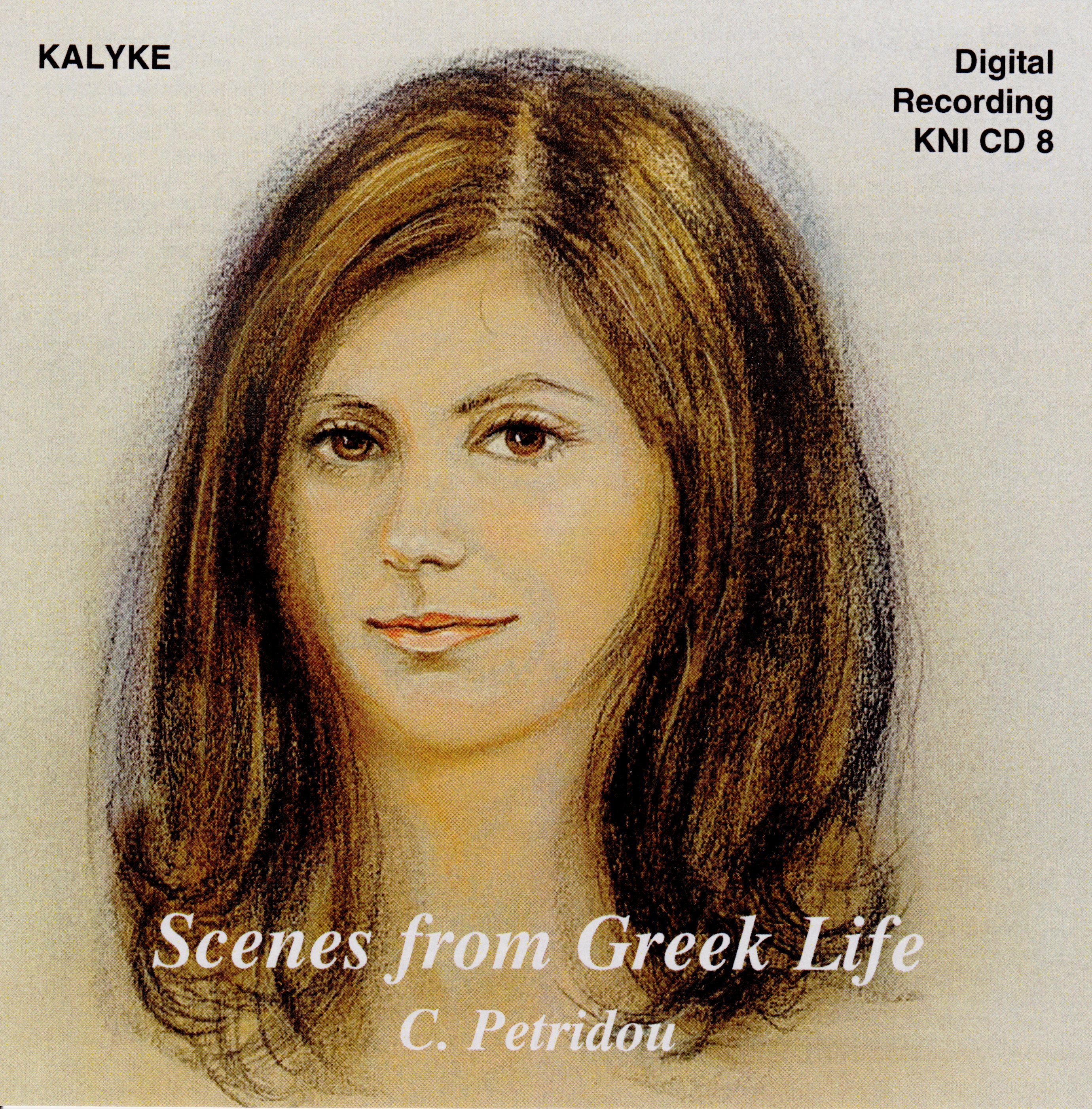
KNICD8: Cilia Petridou "Youth's Dance" from Scenes from Greek Life (2:21) more

To the young man, full of zest for life, the Dance comes as naturally when he is alone beneath the shade of a vine as when he is the centre of attraction at the Village Fair.
-
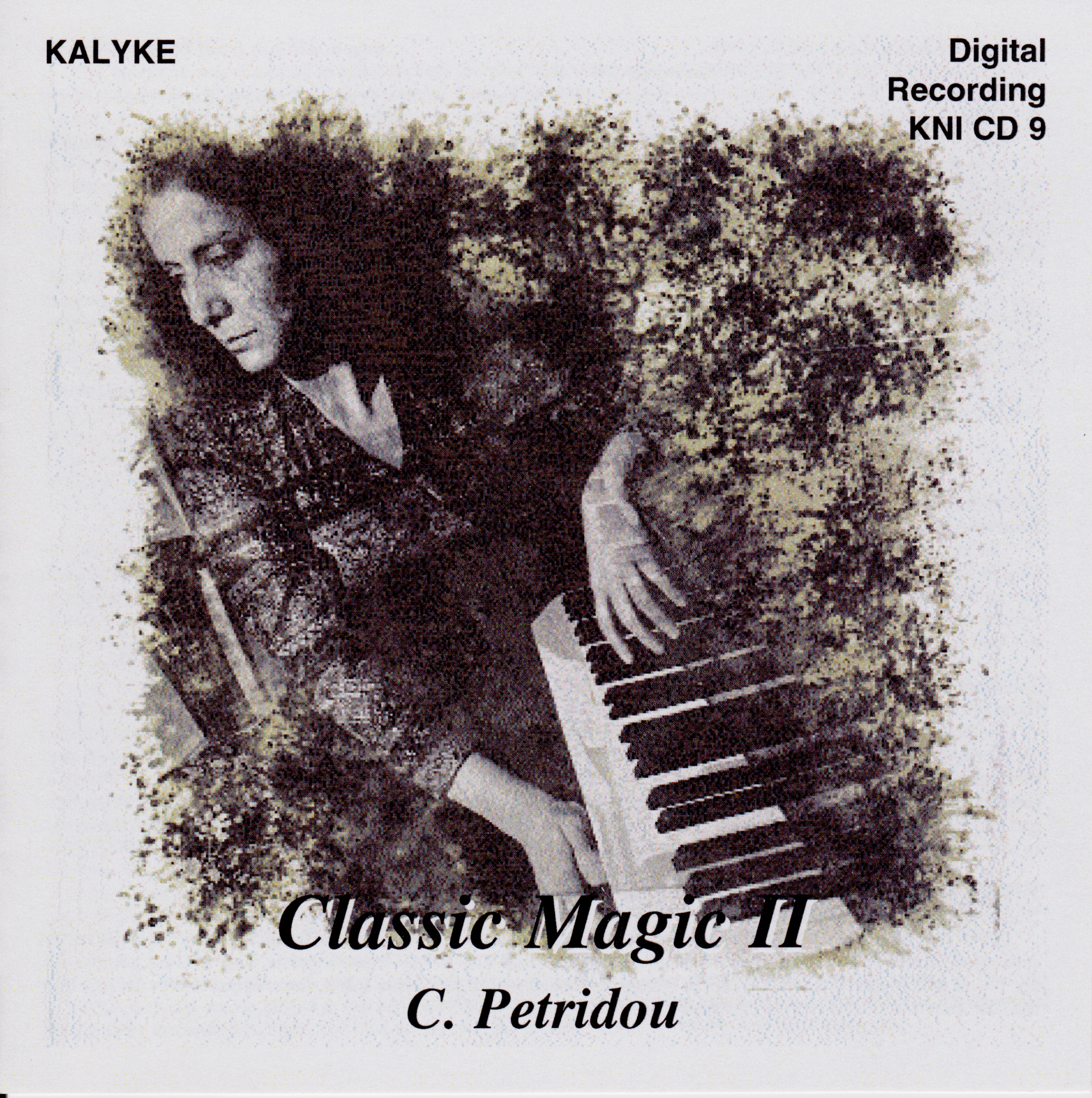
KNICD9: Gabriel Fauré (1845-1924) Barcarolle No. 1 Op. 26 in A minor (6:12) more

The beautifully lilting scale-based ideas of this first Barcarolle (which was written in 1881) are typical of those which Fauré used throughout his career. Fauré's frequently-occurring marking espressivo can be experienced in the sensitively controlled inner semiquavers in this piece (bars 16-22). The flexibility of the inner semiquavers when they are decorative adjuncts to the main melody line demands the gentlest of rubati. The brief cadenza leading into the recapitulation in this Barcarolle needs playing of almost classical regularity with brilliance and clarity. The various contrasted ideas which make up section A occur in the Recapitulation in a different order.
-
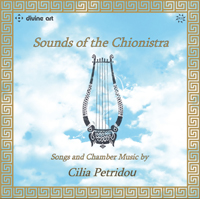
Double CD
CD1 Dramatic vocal music (67:27)
CD2 Atmospheric chamber music (77:20)
Buy online